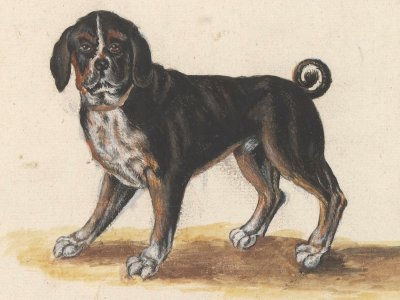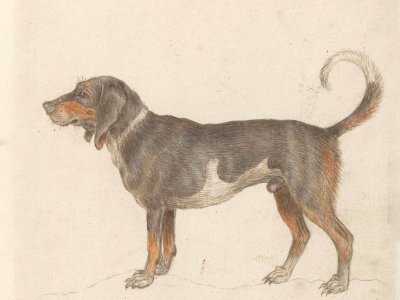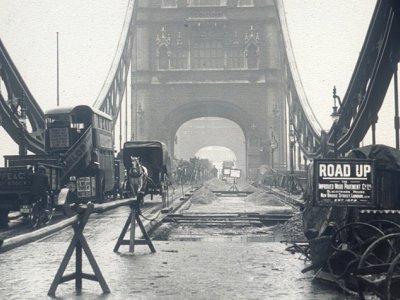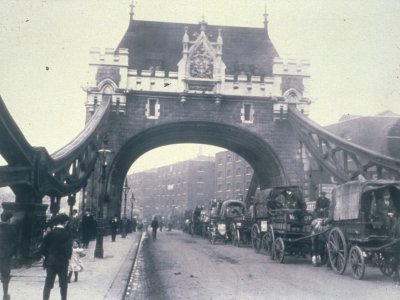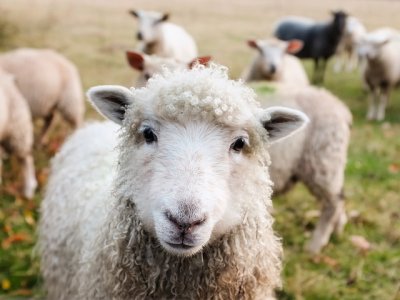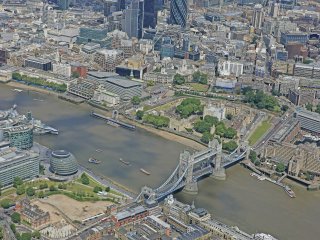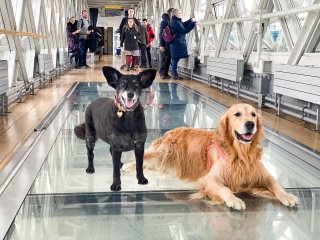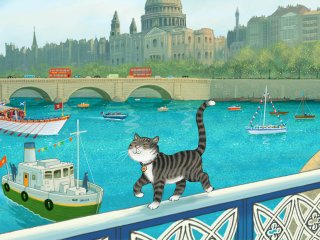Tower Bridge is London's only major dog-friendly attraction, welcoming hundreds of visitors and their four-legged friends each year. But it's not just dogs who've enjoyed access to the landmark over the last century and more.
From cool cats to hardworking horses, read on to discover the 'tails' of animal antics in and around Britain's most famous river crossing.
